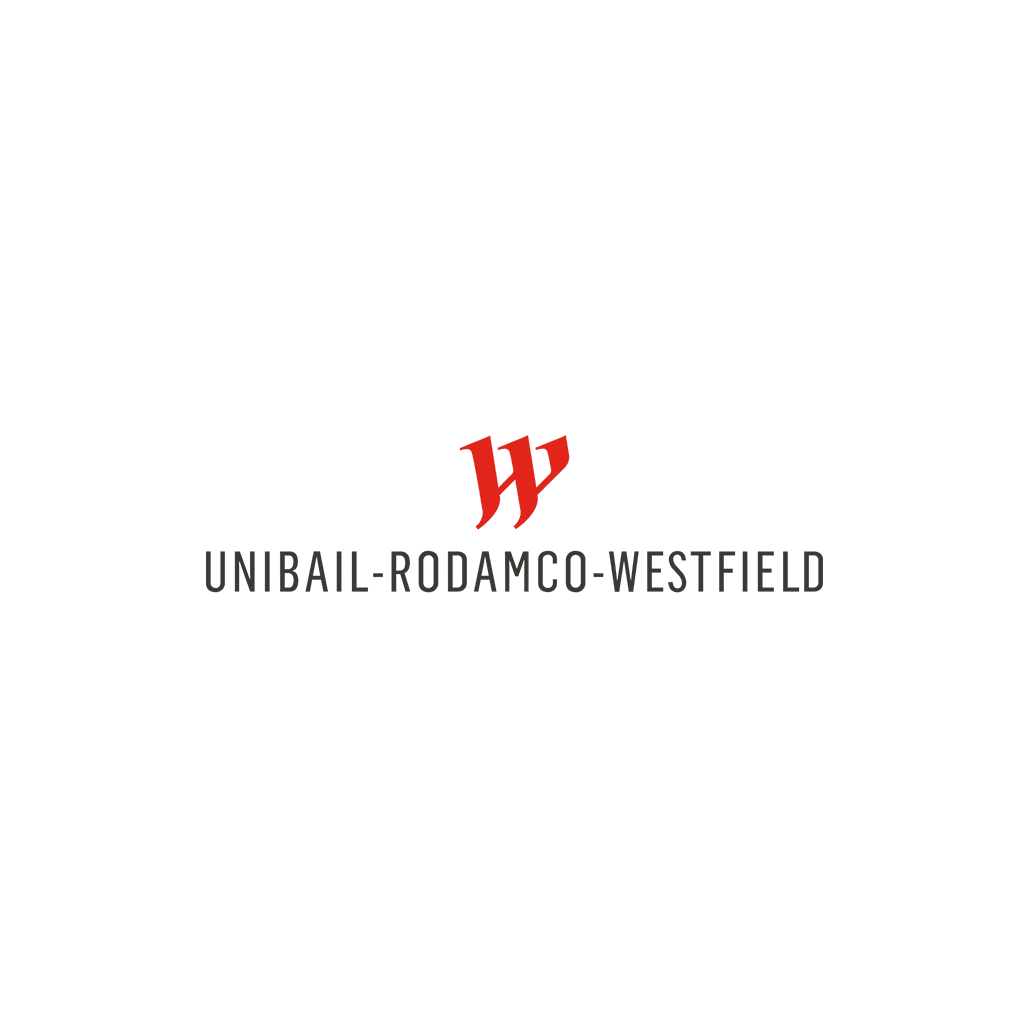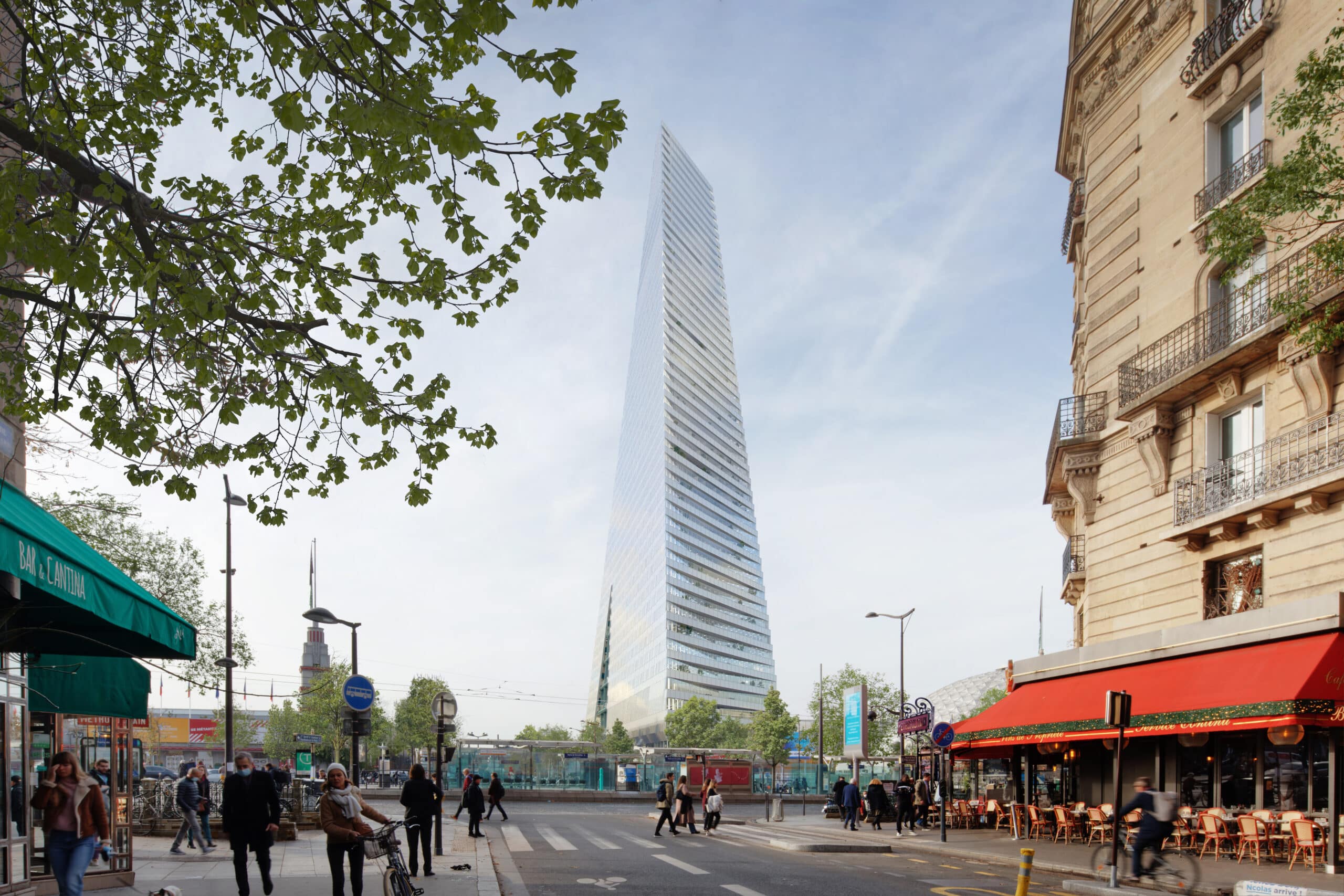Transition to low-carbon buildings: reducing carbon emissions from construction by 35% between 2015 and 2030 (per m²) thanks to low carbon design and materials

Terms of the action or commitment
Firstly Unibail-Rodamco-Westfield opted for a “sober construction” approach from the design stage, based on carbon assessments for all development projects with a surface area of more than 10,000 m², and a systematic life cycle analysis (LCA) of buildings:
• use less material, through optimized design choices: structure, fittings and equipment, facades, false ceilings, reduction in the number of parking spaces, etc., thanks to the Design Guidelines developed by the internal teams.
Secondly Unibail-Rodamco-Westifled is also betting on a use of new construction solutions and selection of carbon-optimized materials:
• use of recycled materials and increase in the rate of recycled materials in the manufacture of construction materials (steel / glazing / concrete, …)
• use of low-carbon materials, including cement made from ground slag (a steel industry waste product)
• short supply chain policy limiting transport (local purchasing, optimised logistics) and selection of suppliers according to their place of manufacture (taking into account the country’s energy mix).
The low-carbon policy and targets were defined in 2016, and announced by the CEO on 22 September 2016.
• use less material, through optimized design choices: structure, fittings and equipment, facades, false ceilings, reduction in the number of parking spaces, etc., thanks to the Design Guidelines developed by the internal teams.
Secondly Unibail-Rodamco-Westifled is also betting on a use of new construction solutions and selection of carbon-optimized materials:
• use of recycled materials and increase in the rate of recycled materials in the manufacture of construction materials (steel / glazing / concrete, …)
• use of low-carbon materials, including cement made from ground slag (a steel industry waste product)
• short supply chain policy limiting transport (local purchasing, optimised logistics) and selection of suppliers according to their place of manufacture (taking into account the country’s energy mix).
The low-carbon policy and targets were defined in 2016, and announced by the CEO on 22 September 2016.
Levers mobilized for circular economy (according to Ademe)
Implementation timeline
Starting year
2016
Ending year
2030
Main actors mobilized
Internal actors
• Unibail-Rodamco-Westfield design and construction teams in charge of managing the development project pipeline
External actors
• Project management: architects, technical design offices
• Material suppliers via industrial partnerships (steel / cement / glazing)
• Construction companies (as general contractors or separate trades)
• Start-ups developing innovative solutions (materials, processes, implementation, etc.)
Geographic area
All buildings (new or extension) over 10,000m² in all countries where Unibail-Rodamco-Westfield operates
Photo / Video
2022 follow-up of the action
Date of follow-up
22/06/2022
Methods of validation of the follow-up
Internal monitoring with verification of quantitative performance by an independent third party.
Status of the action
In progress
Completed
a) Results
Achieved
Partially achieved
Not achieved
b) Numerical / Qualitative information
Cancelled
Explanations
Comparison with the projected pace in the last publications
Keeping up with the times
In advance
Delayed
Partial / Final results
Based on the methodology developed by the Group, the carbon intensity of projects decreased by 11.45% compared to 2015 in Europe (from 850 to 753 kgCO2eq/sqm built). The lack of delivery of new development projects in the United States following the deployment of the measurement of the carbon footprint of these projects through Life Cycle Assessments does not allow us to give any performance trends for this zone.
The main levers for achieving the company’s GHG emission targets in construction projects are as follows:
A “low material construction” approach from the design phase (structure, facade, false ceiling, fittings, etc.);
Use of new technologies and new products with low carbon impact (low-carbon concrete, biosourced materials, recycled materials, choice of companies, etc.). )
Requests the project management to give priority to alternative solutions with low carbon content;
Purchasing policy that integrates criteria related to the carbon weight of construction products and materials (requiring, in particular, Environmental and Health Declaration Sheets (EHDS) or Environmental Declarations Product (EDP)).
In 2019, the Group also developed low-carbon design guidelines for interior spaces to encourage interior design teams to opt for better carbon performance materials for shopping centre interiors from the outset. The “CSR guidelines” for development projects, approved in 2019, were rolled out in 2020 across the Group.
The Group’s priority is to reduce the carbon impact of the most significant items, starting with the structure and foundations of the building. For example, the Group is currently considering using low-carbon cement for all its development projects.
On the Ateliers Gaîté mixed-use project, Unibail-Rodamco-Westfield worked closely with Hoffman Green Cement Technologies to use an innovative cement that reduces the carbon footprint by more than 75% compared to conventional concrete. The project also incorporates a wood housing building to leverage bio-based materials and reduce indirect construction-related emissions.
The Group is also working on reducing indirect carbon emissions (Scope 3) generated by construction activities: the Westfield Hamburg project focused on reducing the use of trucks during the construction phase. To this end, a concrete plant was installed on site and boats were used to evacuate 20% of the excavated soil. Circular economy solutions can also deliver carbon emission reductions, particularly through the reuse of materials.
The main levers for achieving the company’s GHG emission targets in construction projects are as follows:
A “low material construction” approach from the design phase (structure, facade, false ceiling, fittings, etc.);
Use of new technologies and new products with low carbon impact (low-carbon concrete, biosourced materials, recycled materials, choice of companies, etc.). )
Requests the project management to give priority to alternative solutions with low carbon content;
Purchasing policy that integrates criteria related to the carbon weight of construction products and materials (requiring, in particular, Environmental and Health Declaration Sheets (EHDS) or Environmental Declarations Product (EDP)).
In 2019, the Group also developed low-carbon design guidelines for interior spaces to encourage interior design teams to opt for better carbon performance materials for shopping centre interiors from the outset. The “CSR guidelines” for development projects, approved in 2019, were rolled out in 2020 across the Group.
The Group’s priority is to reduce the carbon impact of the most significant items, starting with the structure and foundations of the building. For example, the Group is currently considering using low-carbon cement for all its development projects.
On the Ateliers Gaîté mixed-use project, Unibail-Rodamco-Westfield worked closely with Hoffman Green Cement Technologies to use an innovative cement that reduces the carbon footprint by more than 75% compared to conventional concrete. The project also incorporates a wood housing building to leverage bio-based materials and reduce indirect construction-related emissions.
The Group is also working on reducing indirect carbon emissions (Scope 3) generated by construction activities: the Westfield Hamburg project focused on reducing the use of trucks during the construction phase. To this end, a concrete plant was installed on site and boats were used to evacuate 20% of the excavated soil. Circular economy solutions can also deliver carbon emission reductions, particularly through the reuse of materials.
Company's comments
The group has identified and annually monitors the levers to achieve -35% in kgCO2/sqm in 2030 compared to 2015. These levers are both related to the reduction of the demand for materials (reduction of the ratio kg materials / m²) and to the optimization of the environmental performance of materials (kgCO2/kg materials).
More information on the urw.com website and on the reference document.




